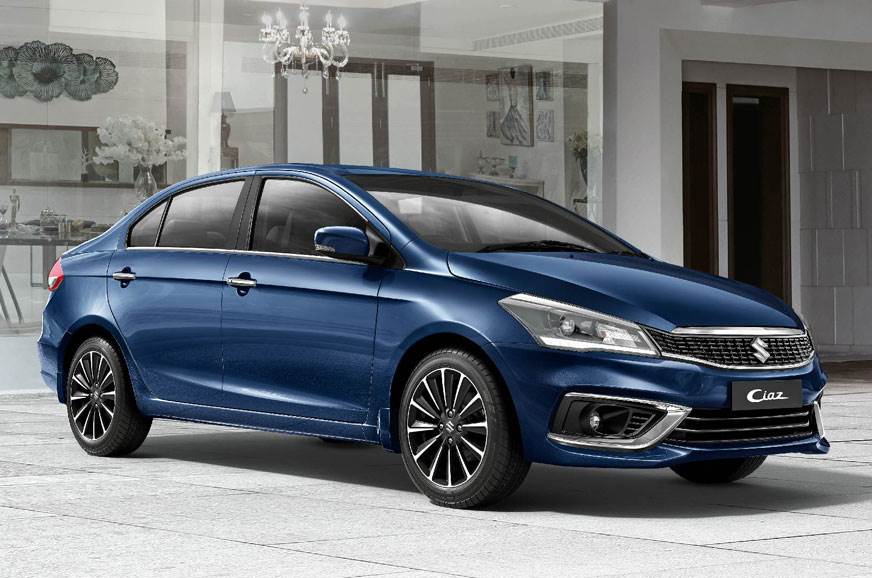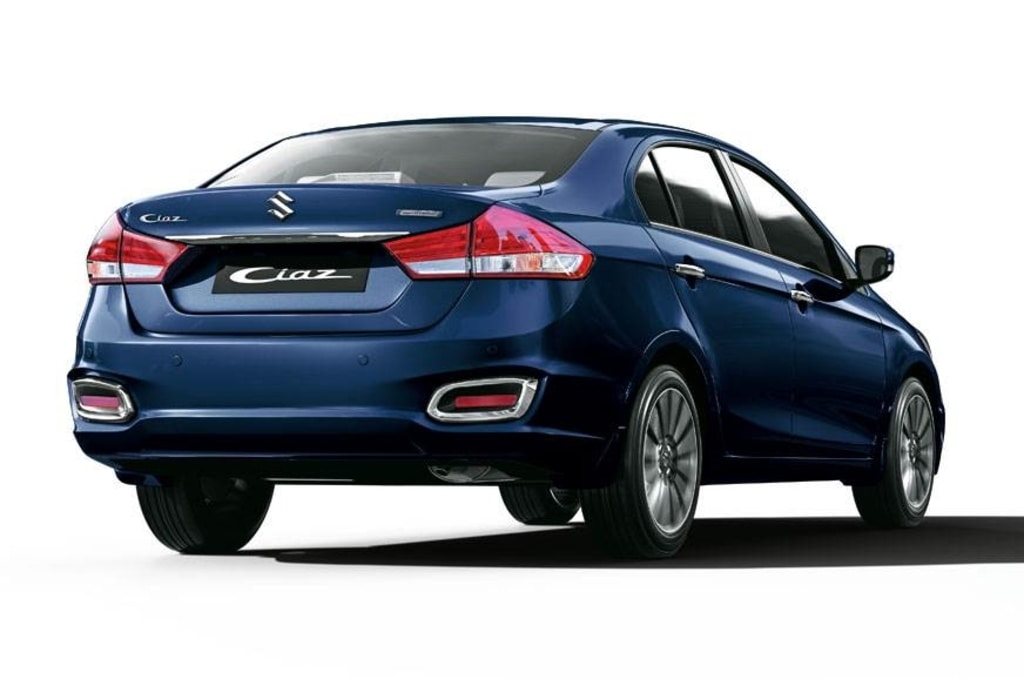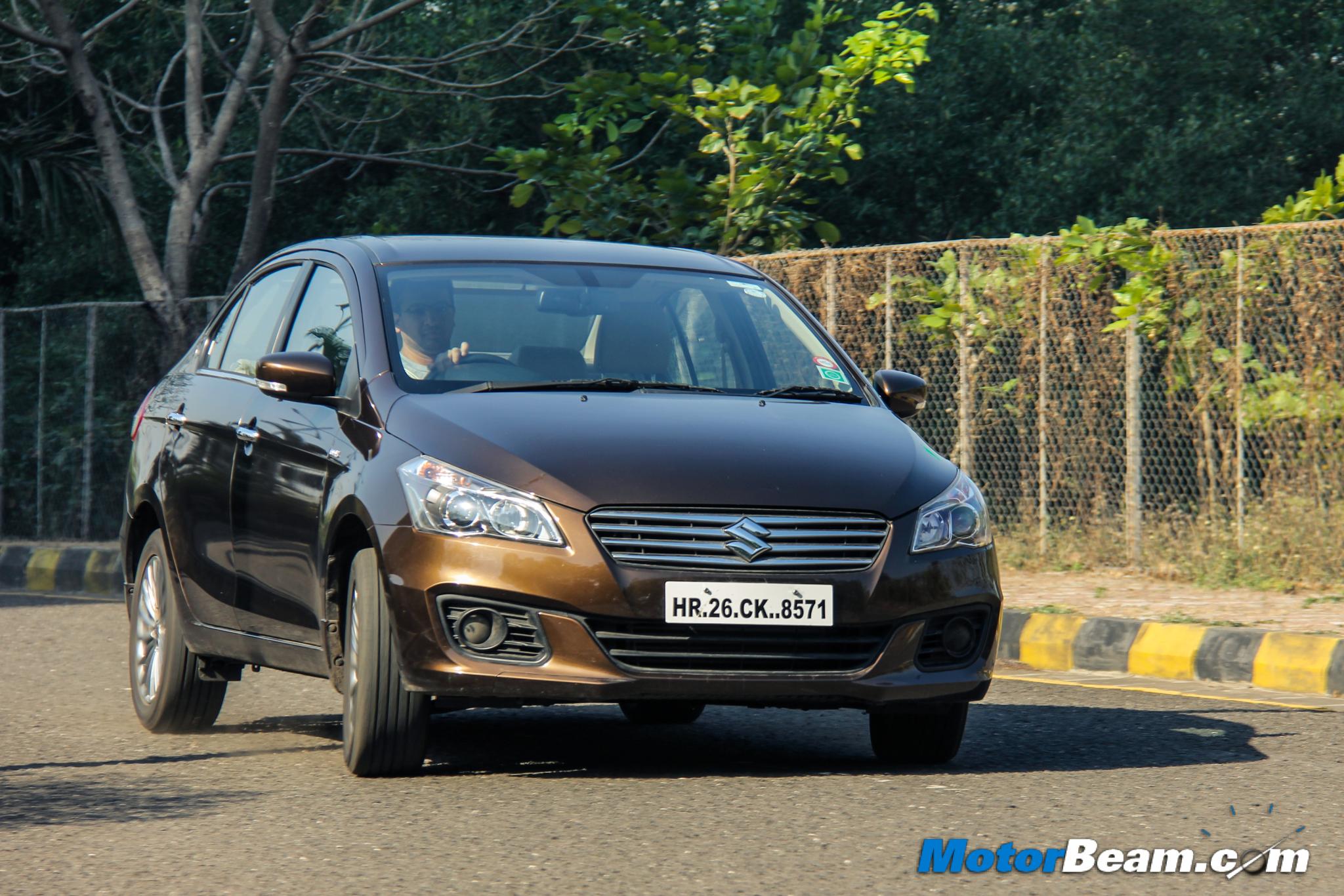
Maruti Ciaz to be discontinued by April, driven by declining & market shift
Maruti Suzuki is set to phase out its midsize sedan, the Ciaz, by April 2025, marking the end of an era for one of the brand’s long-standing models. While the company has officially refuted reports of the discontinuation, multiple industry sources suggest that production will conclude by March 2025, with sales wrapping up soon after.
Shrinking Sedan Market
The decision to pull the Ciaz off shelves reflects the larger transformation in India’s automotive market. Once a thriving segment, midsize sedans have steadily lost ground to SUVs. In 2015, sedans constituted around 20 percent of passenger vehicle sales in India. By 2024, that figure had dipped below 10 percent, while SUVs now account for more than half of the market.
This segment shift has affected all brands, including Maruti Suzuki. The company, which once held a commanding 35-40 percent share in the midsize sedan category during 2017-18, now controls just 11 percent. The Volkswagen Virtus, Skoda Slavia and Hyundai Verna currently dominate the segment, while the Ciaz has steadily fallen behind.
From Segment Leader to Niche Player
Introduced in 2014 as a successor to the SX4, the Ciaz initially enjoyed robust sales, often competing head-to-head with the Honda City and Hyundai Verna. However, recent figures highlight its decline. In the first nine months of FY25, the Ciaz registered just 5861 units, reflecting a 34 percent year-on-year drop, outpacing the overall segment’s contraction.
Monthly sales further illustrate the trend: 659 units were sold in October, followed by 597 in November and 464 in December 2024.
Key Factors Behind the Decline
Several factors contributed to the Ciaz’s diminishing appeal:
- Exit from Diesel Market:
One major turning point was Maruti Suzuki’s decision to withdraw from the diesel segment in 2020. This move came just a year after the brand introduced its in-house 1.5-litre DDiS diesel engine for the Ciaz. With the engine unable to meet BS6 emission standards, the sedan was left with only a petrol option, at a time when diesel accounted for nearly 30 percent of its sales. - Lack of Feature Updates:
While competitors like the Hyundai Verna and Volkswagen Virtus embraced modern features such as ADAS, digital instrument clusters, sunroofs, and turbo-petrol engines, the Ciaz remained largely unchanged since its last major update in 2018. The naturally aspirated 1.5-litre petrol engine, though reliable, struggled to match the power and refinement offered by newer rivals. - Focus Shift to SUVs:
Maruti Suzuki’s strategic pivot towards SUVs also played a role. With the rise of models like the Grand Vitara, Jimny and Fronx, the company allocated more resources to this high-growth segment. Even within Nexa showrooms, SUVs took centre stage, while the Ciaz received limited marketing push in recent years.
No Successor Planned
With the Ciaz set to exit the market, Maruti Suzuki has no plans for a direct replacement, effectively marking the brand’s exit from the midsize sedan segment. This mirrors an industry-wide trend, as most manufacturers shift their focus to the SUV category, driven by consumer demand and market dynamics.
While the Ciaz’s journey concludes, it remains a notable chapter in Maruti Suzuki’s legacy, having once set benchmarks in the midsize sedan space. As the automotive landscape continues to evolve, the company appears firmly aligned with the growing preference for SUVs.




